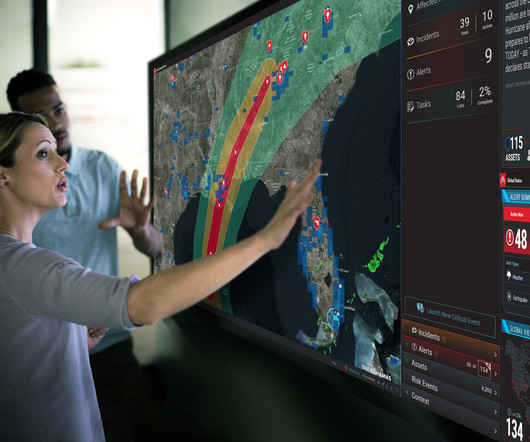Inclement weather response demands attention
everbridge
FEBRUARY 23, 2024
On a similar note, the accessibility gap remains prominent, particularly for vulnerable populations such as those with mental health conditions or disabilities. We should make a strategic shift toward a comprehensive national “all hazards” planning, preparation, and coordination culture in the U.S.


















Let's personalize your content